-
Transuterine migration of intrauterine contraceptive device
Bennis H. , Berraho K. , Kouarty I. , Omrani H. , Filali A. , Saadi N. , El Alami M.H. , Bezad R. , Chraibi C.
Rev Med Liege 2011, 66(3),153-158Abstract : The intrauterine contraceptive device (IUCD) is frequently used. The use of IU CD can be responsible of serious complications as transuterine migration. In this study, we evaluate the physiopathology, the strategy of diagnosis and treatment of the IU CD translocation. Material and methods: We conducted a retrospective study of nine cases of IU CD migration having occurred between 2004 and 2009. We discussed the age, the type of IU CD, the risk factors, the mechanisms of migration, the circumstances and methods of diagnosis, the treatment and the evolution of IU CD migration. Mean age of the patients was 35 years. The risk factors were: multiparity, anteversus uterus, scarred uterus, IU CD postpartal insertion, inexperience of the operator. Most patients were asymptomatic. Two patients had urinary symptoms. The diagnosis of an extrauterine device was confirmed by abdominal X-ray and ultrasound results in all patients. The endoscopic treatment was successful in 66% of cases. All patients had an uneventful recovery. Transuterine migration remains one of the least common but most serious complications associated with the use of an IU CD. This complication could be controlled if thorough gynaecological exam was performed, if risk factors were delineated, if the IU CD was technically well inserted and a rigorous surveillance was performed.

